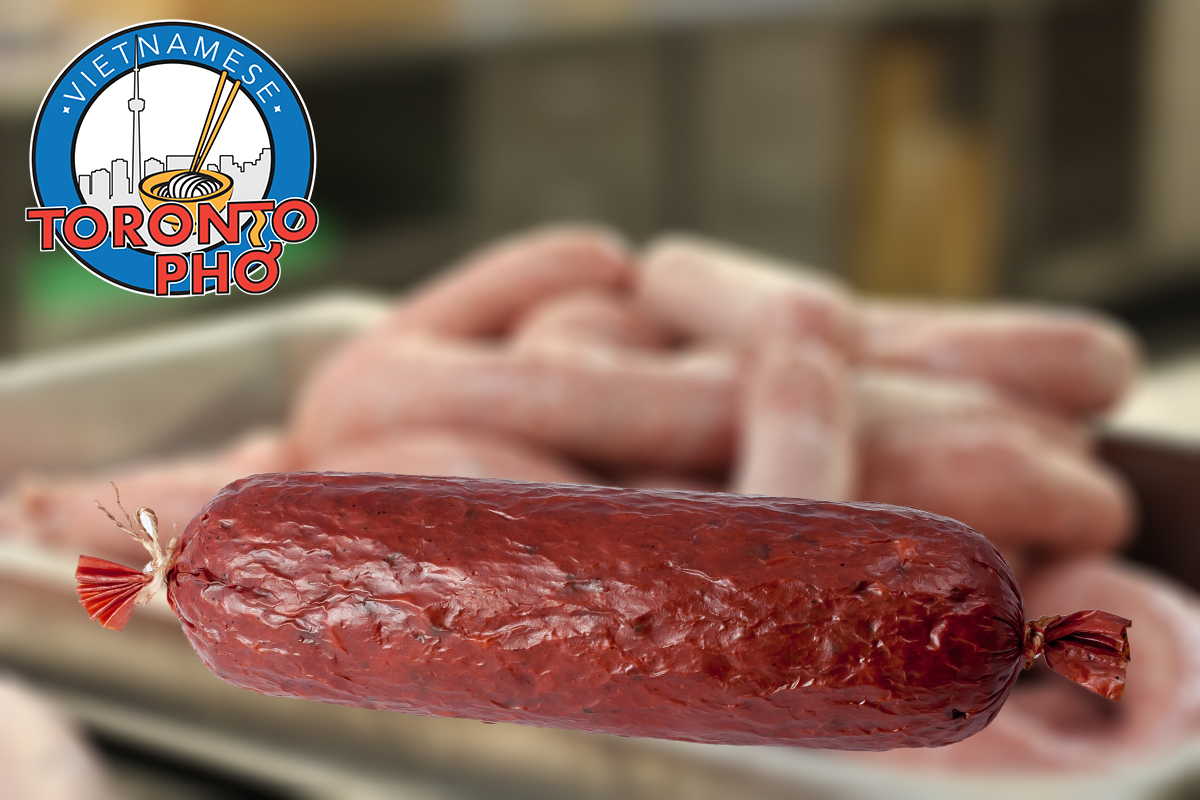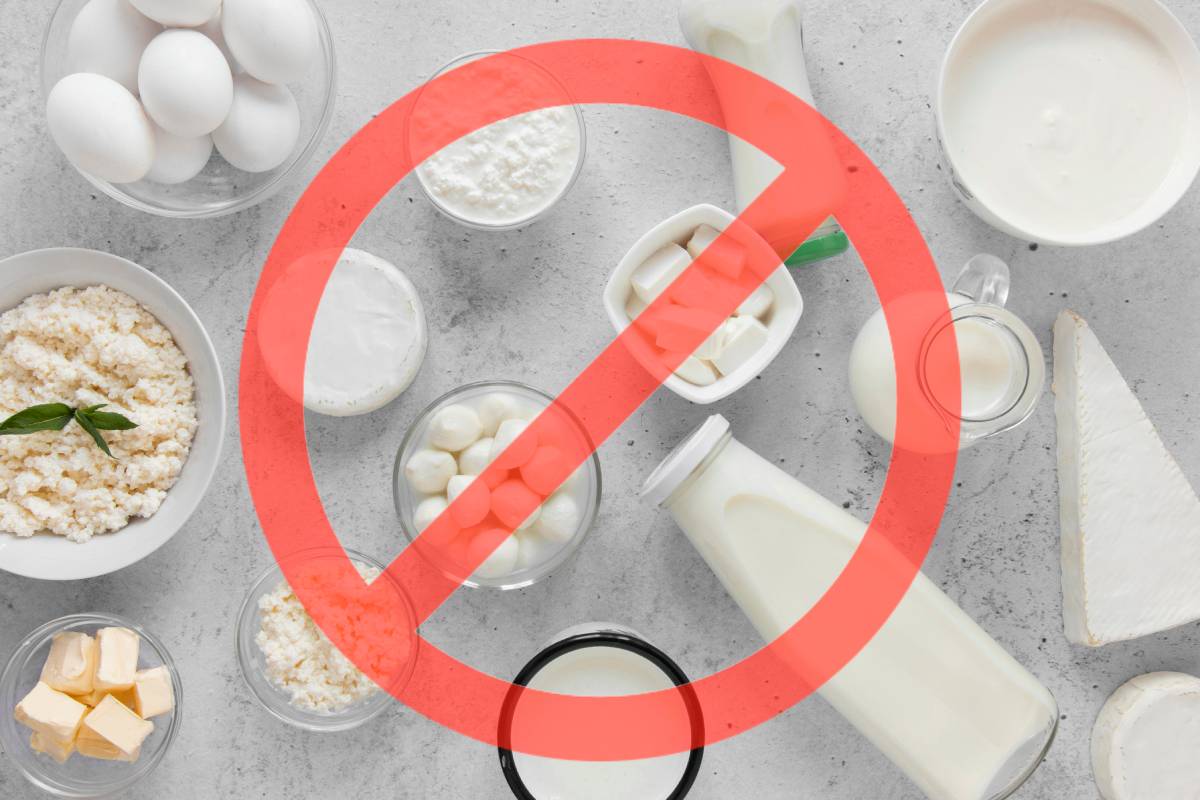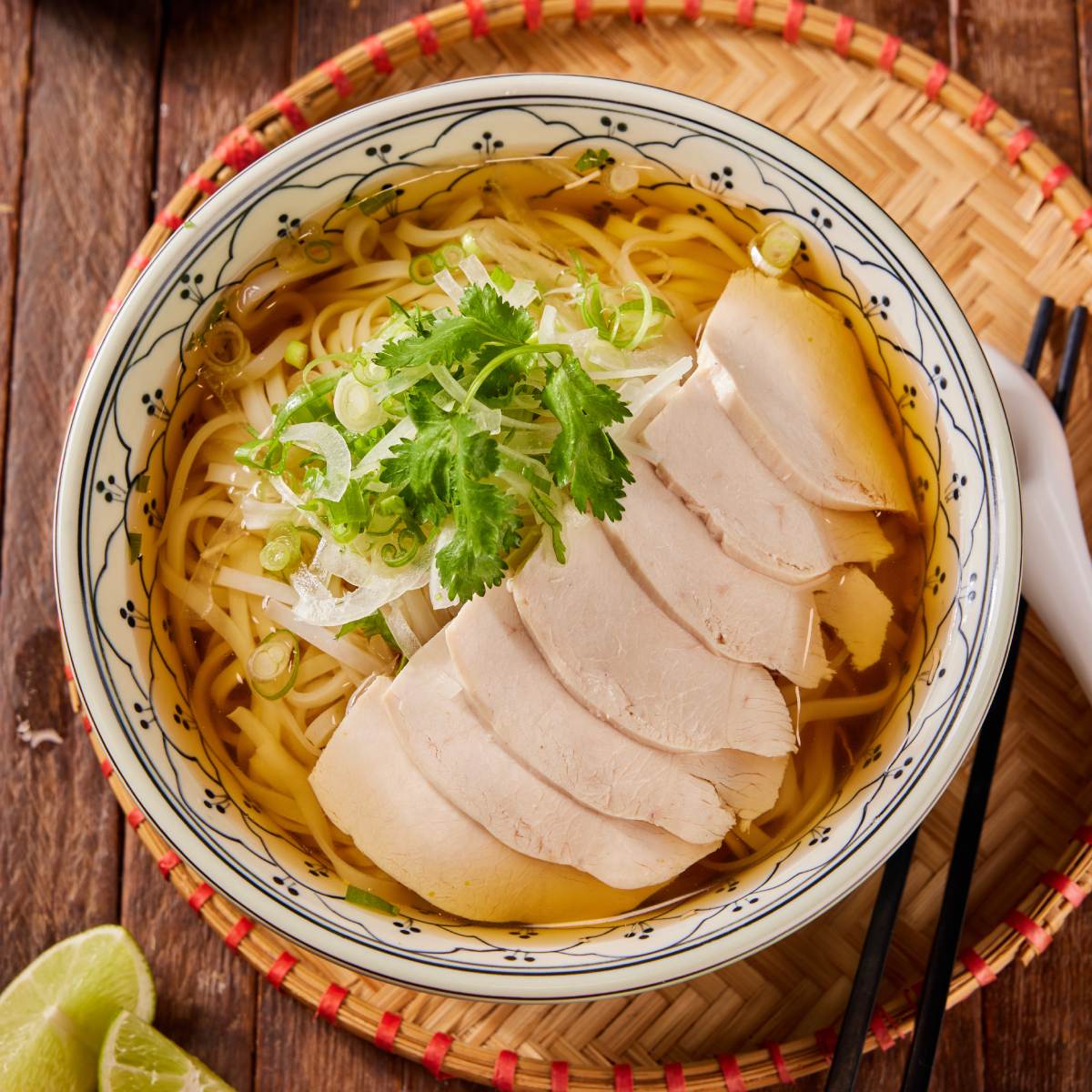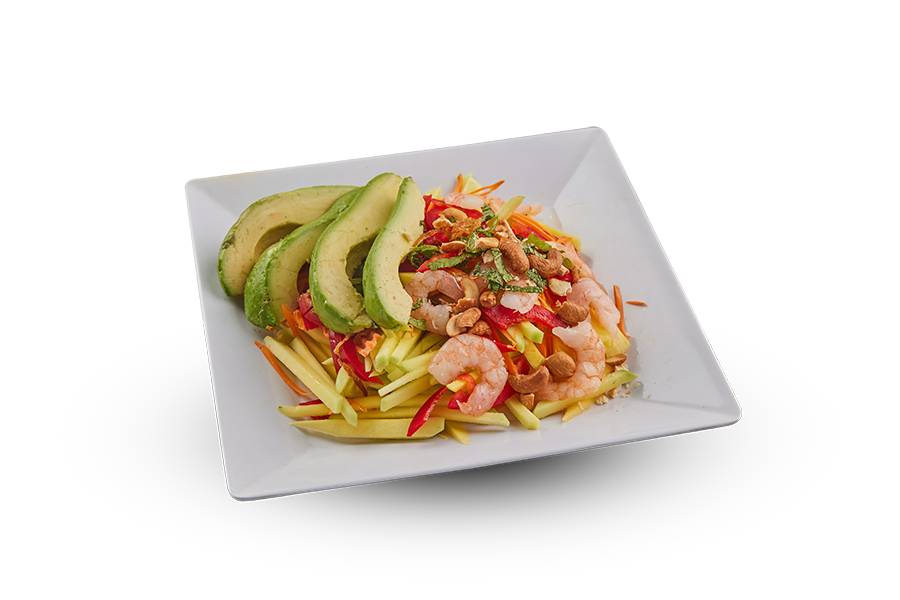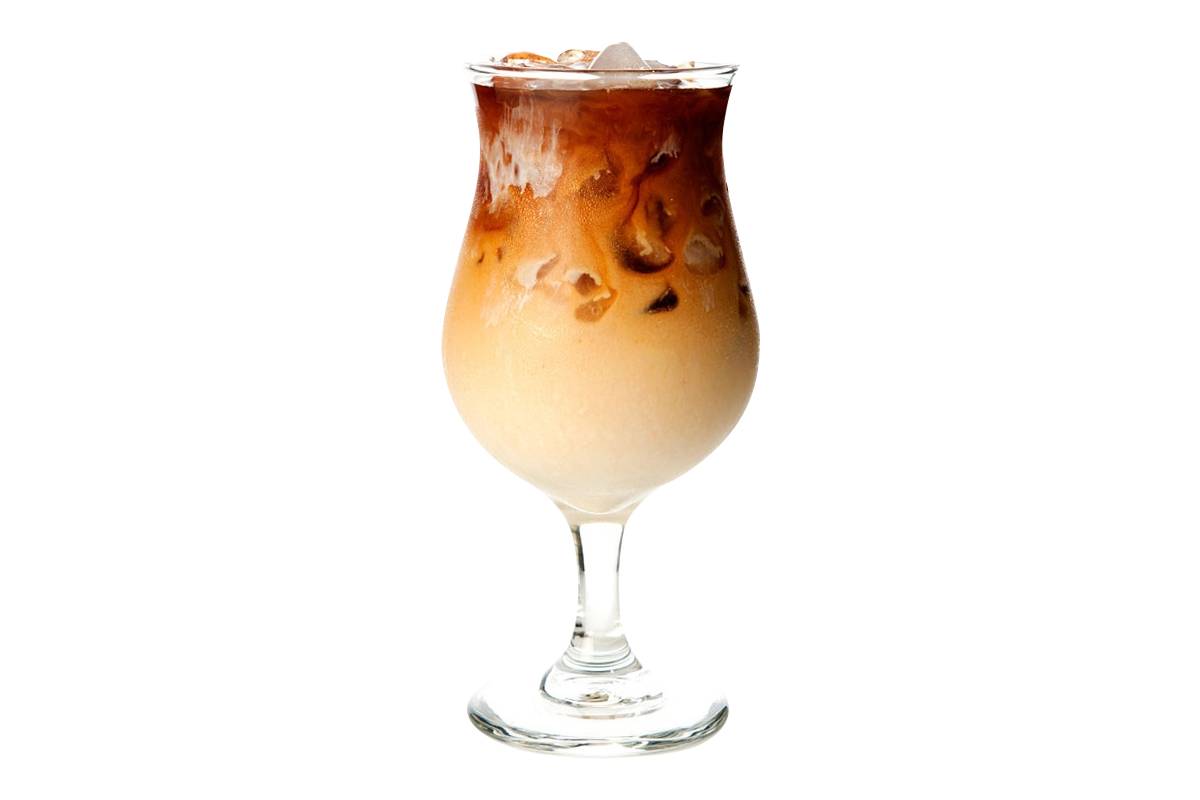What is a Vietnamese sausage? What is the meat actually made of? When someone says ‘Vietnamese sausage’, a person could be referring to any number of a half-dozen sausages. Usually, what is meant by a Vietnamese sausage is cha lua, or sometimes called gio lua. This is Vietnam’s most common sausage, made from a pork predominantly and usually wrapped in banana leaves. Sliced Vietnamese sausage can be served in several different ways, provided on its’ own, given over banh cuon, and/or can be garnished with fried shallots.
The meat in Vietnamese sausage is a recipe of lean pork, potato starch, garlic, ground black pepper, and sauce. Although the sausage has recently found its way into Thai cuisine, it’s Vietnamese all the way from the use of fish sauce to the way the pork is prepared. The pork is usually pounded until it becomes a paste. When assembling this type of sausage, the pork is not chopped or grounded in any way. Doing so would make the meat fibrous, dry, and crumbly. Pounding it down, this keeps it wet, moistened, and ready to be purposed in a sausage.
How we make Vietnamese sausage is towards the end of this pork pounding, spoonfuls of fish sauce are gradually added in for flavor. In some recipes, they may call for salt, black pepper, sugar, and other similar ingredients to be added in. This is all done for flavoring. From this point, you’ve turned what would be your average piece of pork into gio song or what is otherwise referred to as ‘raw sausage’. This sort of raw sausage can be used in other dishes as well as purposing it on its own.
Assuming you want to go all the way with your Vietnamese sausage, the next step is to wrap it tightly in banana leaves. These are usually cylindrically shaped. They can then be boiled. Please note if it hasn’t been wrapped tight, water will leak in and the sausage will be spoiled at room temperature after it comes out. When done right, a cha lua can be stored at room temperature for a week without spoiling although most people will keep it in their refrigerators where it can remain for up to 4 weeks.
Some variants on the traditional Vietnamese sausage includes cha bi which is steamed shredded pork skin with typical cha lua, cha bo which is beef sausage with herbs, cha chien which deep-fries the sausage instead of steaming or boiling it, cha hue which contains whole black peppercorns and more garlic, and then cha que which is sausage seasoned with powdered cinnamon and then fried.
Unfortunately, some of the recipes of this sausage in Vietnamese cuisine have been modified as families have immigrated from Vietnam to North America. The biggest difference is that banana leaves were very difficult to find for a long time in Canada. Since the 1970s, this meant substituting aluminum foil for banana leaves. This affects the taste slightly as you don’t have the added flavorings of the banana leaves.
Vietnamese sausage can be sliced and eaten alongside banh cuon, banh mi, or braised in fish sauce. Come and get yours from TorontoPHO today. You’ll be pleased with the tastes that find their way on your plate. Our Vietnamese sausage gets high marks!

